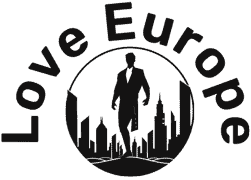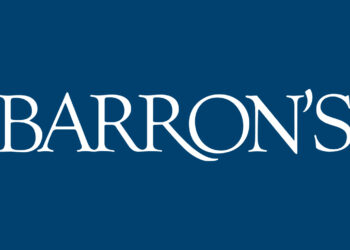Tekedia Mini-MBA edition 14 (June 3 – Sept 2, 2024) begins registrations; get massive discounts with early registration here.
Tekedia AI in Business Masterclass opens registrations here.
Join Tekedia Capital Syndicate and invest in Africa’s finest startups here.
Kosovo is a disputed territory in the Balkans that declared its independence from Serbia in 2008. However, Serbia and some other countries do not recognize Kosovo as a sovereign state. Kosovo used to use the Yugoslav dinar and then the Serbian dinar as its currency, but after the Kosovo War in 1999, it switched to the German mark and then to the euro in 2002. Kosovo adopted the euro to avoid using the currency of its former oppressor and to align itself with the EU, which supports its independence and integration.
Montenegro is a small country in Southeast Europe that was part of Yugoslavia and then Serbia and Montenegro until 2006, when it became independent. Montenegro also used to use the Yugoslav dinar and then the Serbian dinar as its currency, but it replaced them with the German mark in 1999 and then with the euro in 2002. Montenegro adopted the euro to stabilize its economy, attract foreign investment, and facilitate trade with its main partners in Europe. Montenegro also aspires to join the EU and hopes that using the euro will help its accession process.
San Marino is a microstate surrounded by Italy that has a long history of close ties with its larger neighbor. San Marino used to use the Italian lira as its currency, but it switched to the euro in 1999 when Italy joined the eurozone. San Marino adopted the euro as part of a monetary agreement with the EU that allows it to mint a limited amount of euro coins with its own national symbols. San Marino uses the euro to maintain its economic and political relations with Italy and the EU, as well as to benefit from a stable and widely accepted currency.

These are the three non-EU countries that use the euro as their currency. They have different reasons for doing so, but they all share a common interest in being closer to Europe and its economic opportunities. However, using the euro also comes with some challenges and risks for these countries, such as losing control over their monetary policy, being exposed to external shocks, and having limited fiscal space. Therefore, these countries need to balance the benefits and costs of using the euro and ensure that they have sound economic policies and institutions to support their development.
Like this:
Like Loading…
Source link : https://www.tekedia.com/three-non-eu-countries-use-the-euro-kosovo-montenegro-and-san-marino/
Author :
Publish date : 2023-11-22 08:00:00
Copyright for syndicated content belongs to the linked Source.








